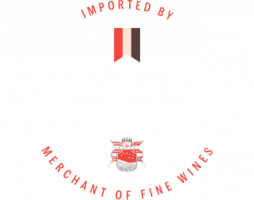2021
Harvest
2021
Harvest
Lazio
Quantity: -10% compared to the 2020 harvest
The 2020 season ended with a lack of rainfall in November and temperatures slightly above normal in the first two decades.
December, however, presented abundant rainfall and also the first months of the year, especially January, saw the prevalence of unstable weather conditions with rainfall often higher than the norm, to be considered generally favorable to the recharge of the aquifers, whose water content had decreased in the previous summer. At the end of February, in most of the vineyards, the recharging of the water reserve was almost complete and this represented the prerequisite for an excellent vegetative recovery, counteracting the onset of early water stress. On the night between 7 and 8 April 2021, a particularly severe frost caused extensive damage in numerous areas of mid-hill and valley floors in the provinces of Viterbo and Rieti (in the vineyards at an altitude of less than 300 m asl), especially on varieties with budding precocious which at that moment had evidently already begun to vegetate.
The summer months of June and the first two decades of July were characterized by a torrid climate, no rain and, however, compared to the last few years, we saw a good temperature range of at least 15 ° C between day and night. .
The end of July and the entire month of August, up to now, have seen the persistence of drought conditions and very high temperatures (maximums of 42 ° C). The phenology of the vine, which until veraison was significantly delayed compared to the norm, has become more and more normalizing as the harvest approaches. The vineyards are in a good physiological state from the point of view of water stress, probably due to the natural water availability of the soils and the sporadic rainfall that took place between July and August. The health of the clusters is good, except for occasional attacks of powdery mildew.
Chronologically, the harvest is taking place on time with respect to the average of past years: in the last ten days of August for the international sparkling and white bases, followed by the autochthonous whites and international reds (first and second decade of September respectively) to finish with Montepulciano and Cesanese respectively in the third ten days of September and early October.
A perfect sugar content is expected, in line with the values of the past year and the average of the last five years, and an excellent quality of the grapes, with peaks of excellence for traditional vines, in
particular Malvasia del Lazio and Cesanese.
The estimated reduction in production seems more pronounced in Tuscia and less in the rest of the region.



